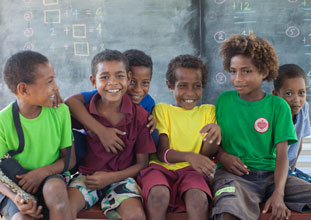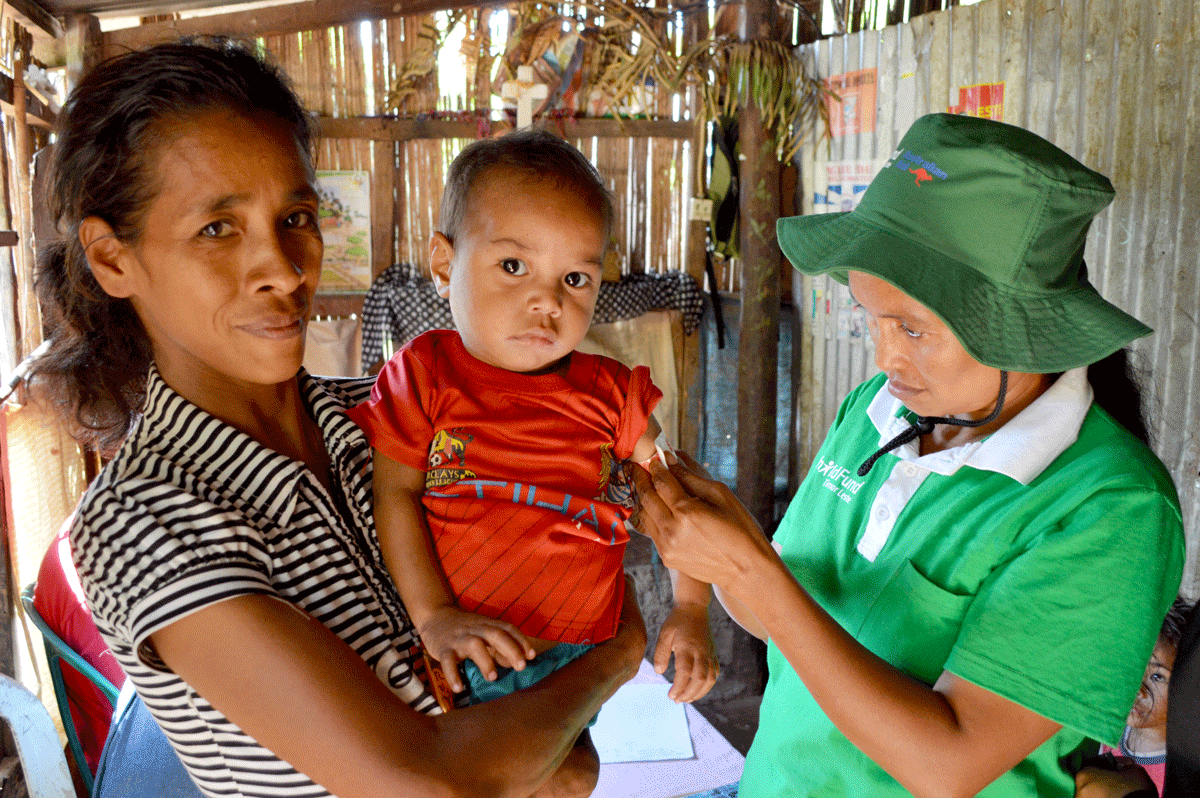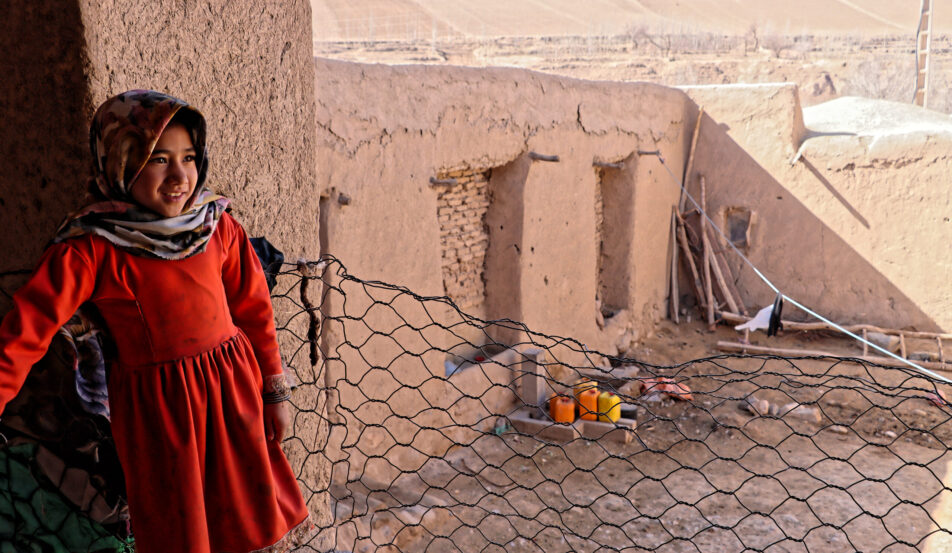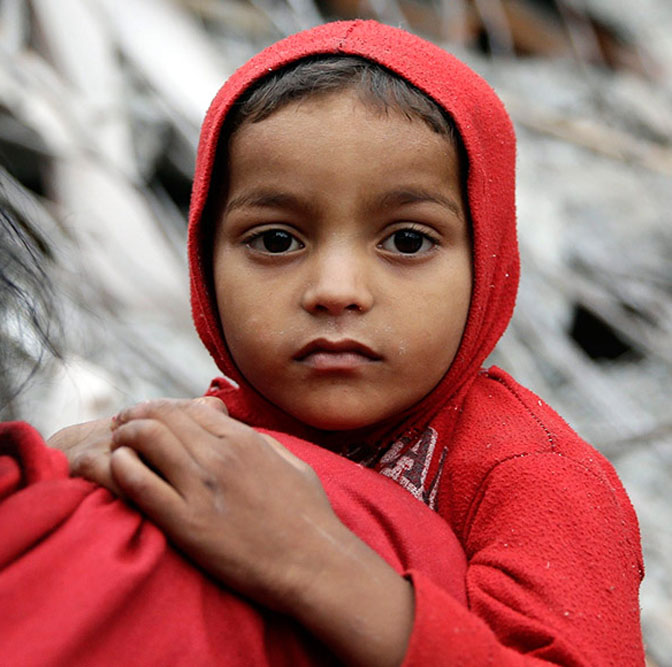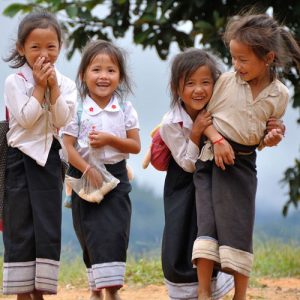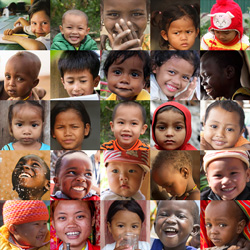In Kenya human resilience is in short supply
Photo: As the drought continues and food prices soar, children and families in Turkana are surviving on the most slender of means
Drought is not uncommon in the arid north of Kenya. But the increasing frequency of failed rains is unusual, and having a devastating impact on the resilience of local communities to survive food shortages.
Sharing a border with South Sudan, Ethiopia and Uganda, Turkana is a region distinctive for its high temperatures and wide expanses of desert and scrubland, only interrupted by two metre plus termite mounds and occasional strips of verdant green along river edges.
To the first time visitor, Turkana is a harsh, unyielding environment. Yet historically, while rainfall patterns are among the lowest in the country, the annual short and long rains have been mostly reliable, ensuring that there is just enough water to survive the difficult conditions.
Today, however, Kenya is experiencing yet another extreme food crisis, with those in the north most affected. Drought in 2014, followed by poor and below average rates of rainfall in both 2015 and 2016 have led to this critical situation.
Not only have crops failed and livestock suffered, but in emergency planning meetings my Kenyan colleagues have expressed serious concern about the knock-on effects of continued drought – food prices have increased by as much as 30 per cent, and continue to rise. For families already surviving on the most slender of economic margins, this hike in costs is completely beyond their means.
Worse still, there is a real fear that the 2017 rains will bring little relief. We are witnessing, after all, the very real impact of climate change in the region. What was once a 10-year cycle of drought in Kenya, now appears to be occurring every other year.
Communities here are not reliant upon agriculture €“ the dry conditions mean that arable land is in short supply, and crop cultivation is challenging, if not fruitless, in most of the county. Instead, families in Turkana are largely pastoralists. Camels, goats and cattle provide milk and meat for household purposes, and income to purchase necessities such as flour, oil and medicine.
In times of drought, these communities are completely reliant on their livestock; there are no alternative sources of food or income. As pastures have dried up, many families have been forced to move their animals to other parts of the country in search of water and grazing pastures. Many animals have died along the way.
In other families, the lack of food to sustain the livestock means they are not healthy enough to sell, and unable to provide nutrition for the family. They face almost certain death.
What is now emerging is a dangerous and life-threatening situation further complicated by the already vulnerable state of so many children. This is a population which has only just begun to recover after the extreme drought conditions of 2014.
Local communities have yet to build up income, livestock, and even their own health status. There has not been enough time for children and families to €˜fatten up` €“ they have no additional body reserves and limited emotional resilience from which to draw.
This is also true of the local geography. Aquifers, underground storehouses of water which provide an important water source in Turkana, have not had time to replenish, nor has the quality of the soil rebounded, essential for growing food for livestock. It is drier than it has ever been, and still the rains do not come.
Today, as the world looks on, children and families in Turkana are facing yet another period of drought already fragile, already susceptible to the worst impacts of hunger, and with few resources to support them. It is difficult to show strength in the face of adversity when the body is so frequently tested.
Unfortunately, time is no longer on our side. We cannot rely on the rains, we cannot rely on human resilience, which is in such short supply. We must act now before this crisis becomes catastrophic.
